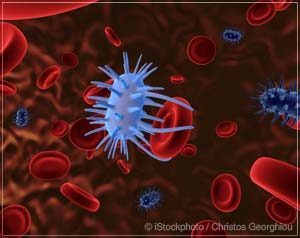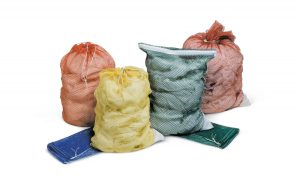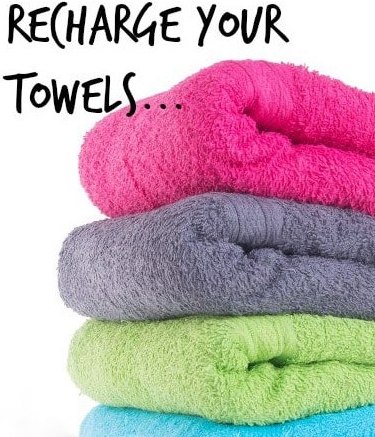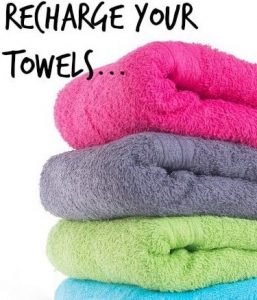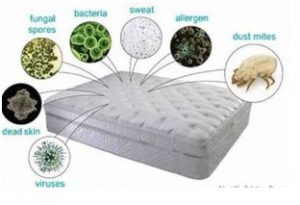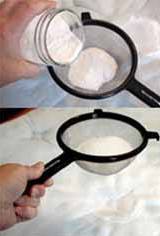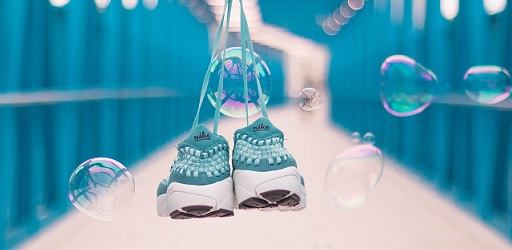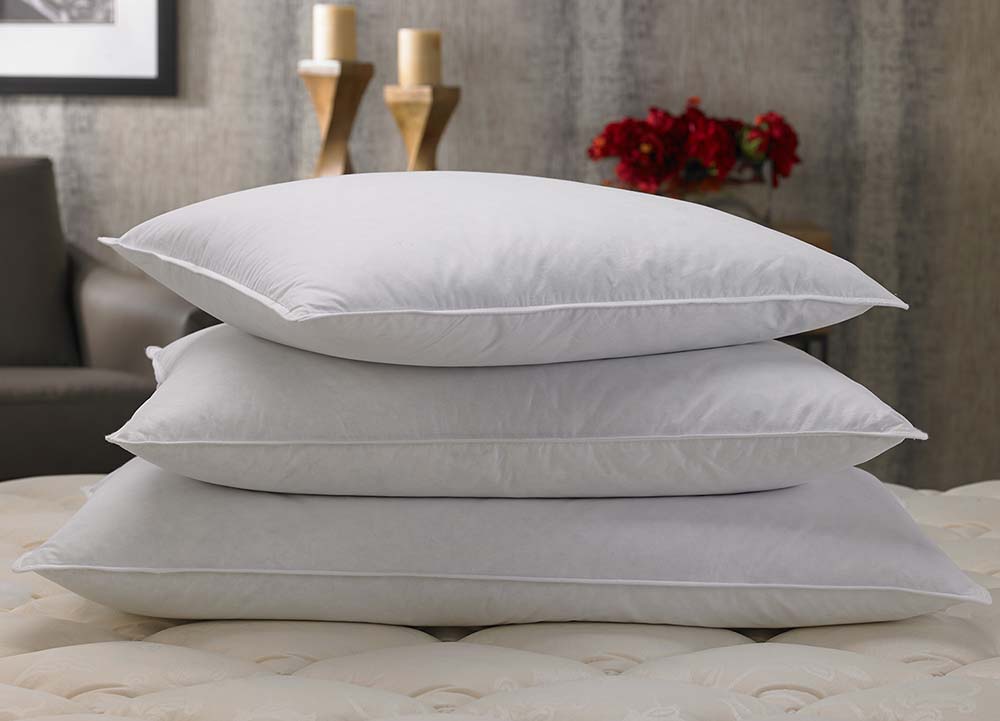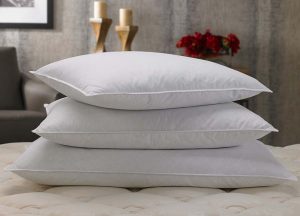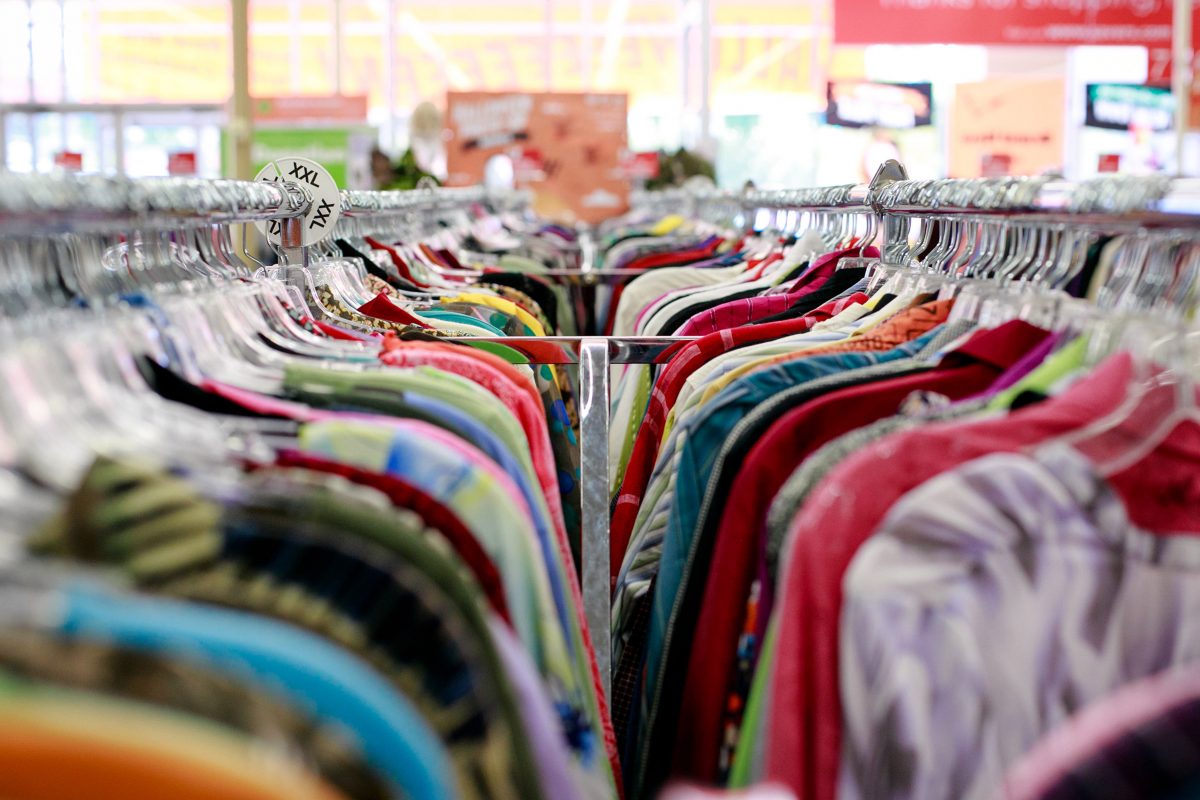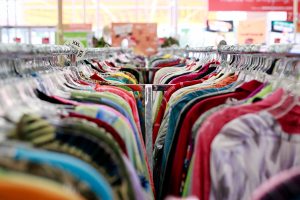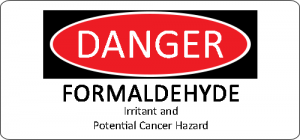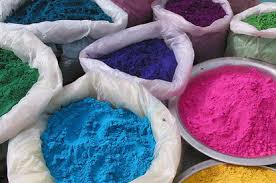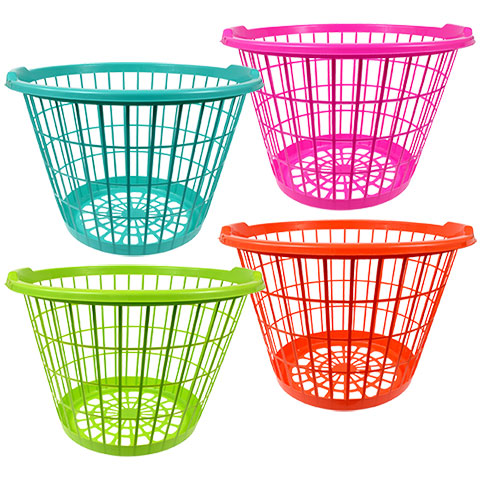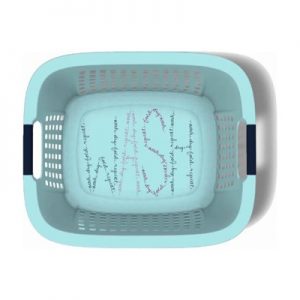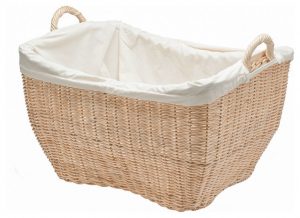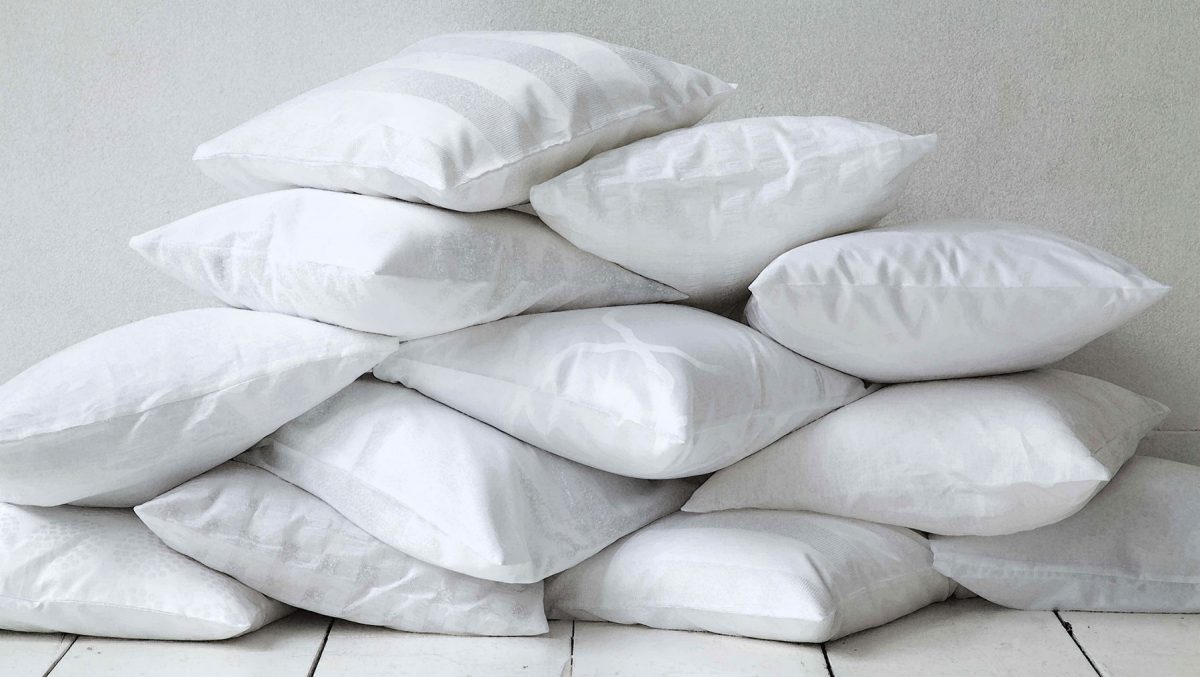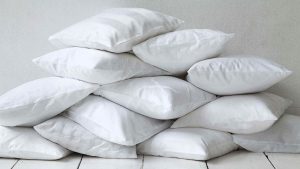Stinky Shoe Care

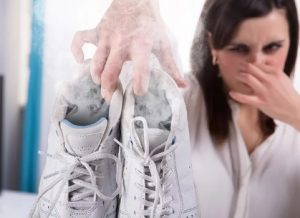
What you may not know is that the actual stink in your shoes is bacteria, and it’s living inside your shoes! It’s not only important to get rid of the smell, but also the bacteria, because over time it can cause an infection or nail fungus.
Deodorizing Canvas or Fabric Shoes
Canvas or fabric shoes can be tossed in the washer and ran through a warm water cycle. To deodorize, add a cup of white vinegar to the rinse. Don’t use fabric softener, because it can trap bacteria in your shoes.
Place them outdoors in the sun to air-dry. UV rays will also help kill any bacteria that may be left. If placing them outside isn’t an option, place them in a sunny window sill or with a fan blowing on them.
Deodorizing Stinky Shoe Inserts
Take them out of the shoes and wash them in a sink full of warm, soapy water. Drain and refill with 2 cups water and 1 cup white vinegar. Let them soak for 5-10 minutes, rinse thoroughly. Finally, using a paper towel, press the insole to remove as much water as possible, and then allow them to air-dry.


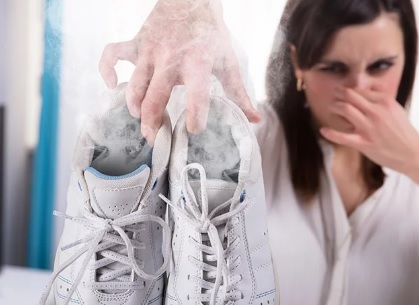
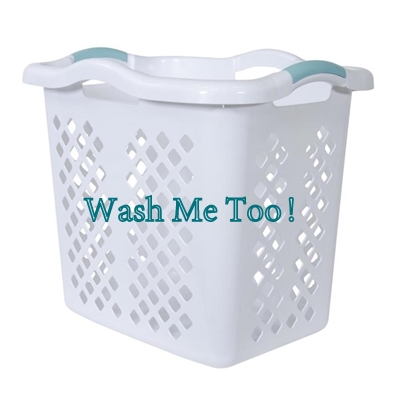
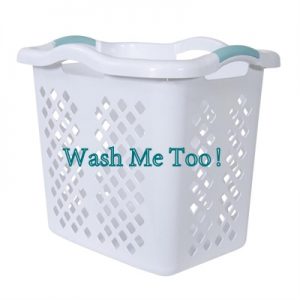 We see it all the time here at Sapulpa Laundry. You spend your hard earned money washing and drying your clothes, towels, sheets etc.. Then, without thinking, you place all of your clean belongings back in a dirty laundry basket. Dead skin cells, grime from your sweaty workout clothes, and whatever else hitches a ride on your clothes throughout the day, are all lurking in that laundry basket! Lets don’t forget to mention bacteria, including the dreaded staph bacteria also known as MRSA!
We see it all the time here at Sapulpa Laundry. You spend your hard earned money washing and drying your clothes, towels, sheets etc.. Then, without thinking, you place all of your clean belongings back in a dirty laundry basket. Dead skin cells, grime from your sweaty workout clothes, and whatever else hitches a ride on your clothes throughout the day, are all lurking in that laundry basket! Lets don’t forget to mention bacteria, including the dreaded staph bacteria also known as MRSA!